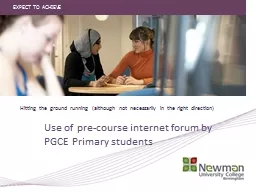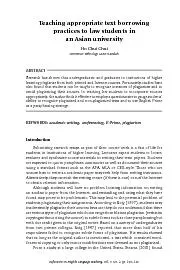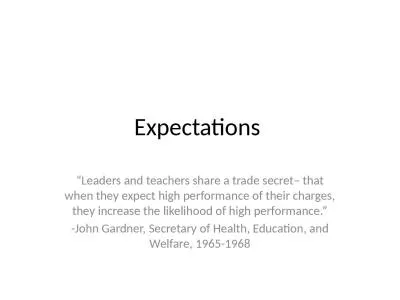PPT-“ We would expect appropriate members
Author : jane-oiler | Published Date : 2018-09-22
of staff to have an understanding of the factors that make people support terrorist ideologies or engage in terroristrelated activity Imran Awan Deputy Director
Presentation Embed Code
Download Presentation
Download Presentation The PPT/PDF document "“ We would expect appropriate member..." is the property of its rightful owner. Permission is granted to download and print the materials on this website for personal, non-commercial use only, and to display it on your personal computer provided you do not modify the materials and that you retain all copyright notices contained in the materials. By downloading content from our website, you accept the terms of this agreement.
“ We would expect appropriate members: Transcript
Download Rules Of Document
"“ We would expect appropriate members"The content belongs to its owner. You may download and print it for personal use, without modification, and keep all copyright notices. By downloading, you agree to these terms.
Related Documents














